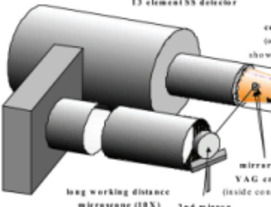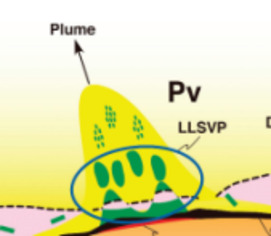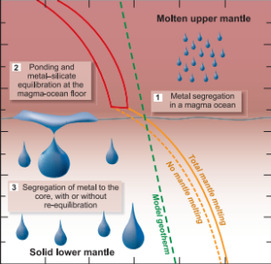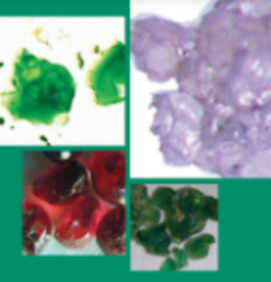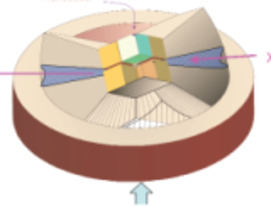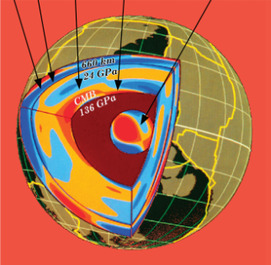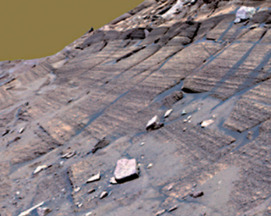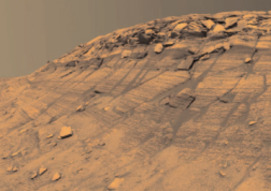The Origin of the Earth What’s New?
Progress in understanding the origin of the Earth has been dramatic in recent years, which is timely given the current search for other habitable solar systems. At the present time we do not know whether our solar system, with terrestrial planets located within a few astronomical units2 of a solar-mass star, is unusual or common. Neither do we understand where the water that made Earth habitable came from, nor whether life in the Universe is rare or plentiful. Perhaps something unusual happened here on Earth. However, the timescales over which the Sun and solar system formed, as well as the detailed mechanisms involved, have been the subjects of extensive recent studies. Discoveries have resulted mainly from improved mass spectro- metric measurements leading to a resolution of just 100,000 years in
The Origin of the Earth What’s New? Read More »




